Home>Gardening & Outdoor>Landscaping Ideas>How To Cut Grass With Lines
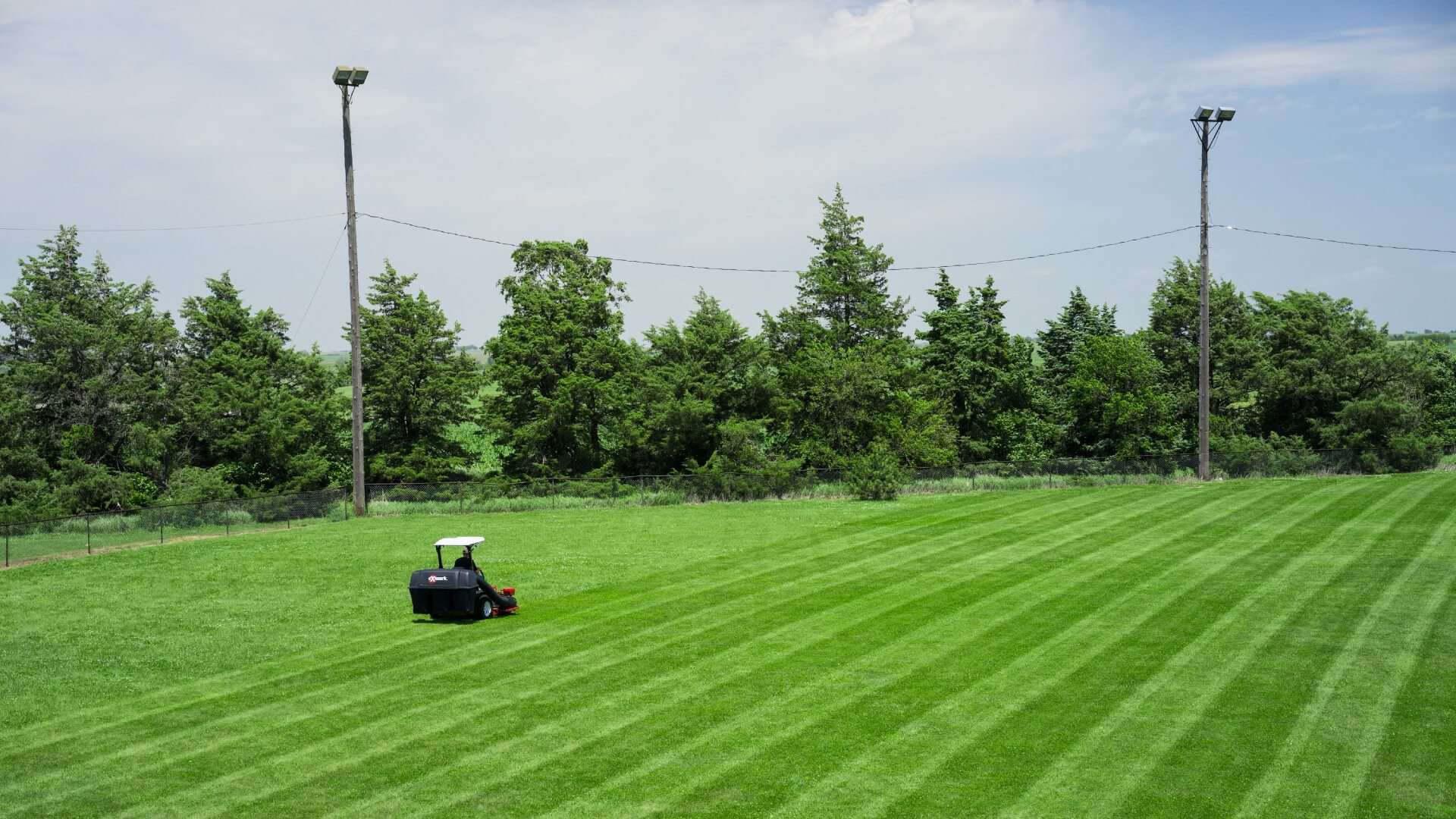

Landscaping Ideas
How To Cut Grass With Lines
Modified: October 20, 2024
Learn the best landscaping ideas for cutting grass with clean lines. Discover expert tips and techniques for achieving a professional-looking lawn.
(Many of the links in this article redirect to a specific reviewed product. Your purchase of these products through affiliate links helps to generate commission for Storables.com, at no extra cost. Learn more)
Introduction
Maintaining a lush, well-manicured lawn is a source of pride for many homeowners. The process of cutting grass goes beyond mere maintenance; it is an art form that can transform a mundane yard into a picturesque landscape. One of the key elements in achieving a professional-looking lawn is the technique of cutting grass with lines. This method involves creating distinct, straight lines that not only enhance the visual appeal of the lawn but also contribute to its overall health.
The art of cutting grass with lines is not only about aesthetics; it also serves a practical purpose. By mowing in straight lines, you can ensure that the grass is cut evenly and at the right height, promoting healthy growth and minimizing the risk of damage. Additionally, the pattern created by the lines can add depth and dimension to the lawn, making it appear larger and more inviting.
Whether you are a seasoned landscaper or a novice homeowner looking to elevate your lawn care skills, mastering the technique of cutting grass with lines can take your landscaping game to the next level. In this comprehensive guide, we will delve into the intricacies of this art form, from selecting the right equipment to implementing cutting-edge techniques. By the end of this article, you will be equipped with the knowledge and expertise to transform your lawn into a work of art through the simple yet impactful act of cutting grass with lines.
Key Takeaways:
- Creating straight lines when cutting grass not only enhances the lawn’s beauty but also promotes healthy growth. It’s like giving your lawn a stylish haircut while keeping it healthy and vibrant.
- Choosing the right equipment and mastering cutting techniques are essential for achieving professional-looking lines in your lawn. It’s like using the best tools and techniques to create a masterpiece in your yard.
Read more: How To Cut Grass
Choosing the Right Equipment
Selecting the appropriate equipment is crucial for achieving pristine, professional-looking lines when cutting grass. The primary tool for this task is a high-quality lawn mower. When it comes to creating defined lines, a reel mower or a rotary mower with a rear roller is ideal. These types of mowers are designed to flatten the grass in the direction of travel, resulting in a striped effect that enhances the visual appeal of the lawn.
In addition to the mower, having a reliable string trimmer is essential for refining the edges of the lawn and reaching areas that the mower cannot access. A string trimmer allows for precise detailing, ensuring that the lines are clean and well-defined along the borders and around obstacles.
Furthermore, it is important to consider the width of the mower's cutting deck. A wider cutting deck can cover more ground with each pass, making it easier to maintain straight lines and reducing the overall mowing time. However, for smaller or intricately landscaped areas, a mower with a narrower cutting deck may be more maneuverable and practical.
Equally important is the condition of the equipment. Regular maintenance, including sharpening the mower blades and ensuring proper tension in the trimmer's line, is essential for achieving clean cuts and crisp lines. Dull blades can tear the grass, leading to an uneven appearance and potential damage to the lawn.
Lastly, investing in a level, sturdy lawn roller can further enhance the precision of the lines. A lawn roller helps to flatten the grass in the direction of mowing, accentuating the striped pattern and creating a professional finish.
By carefully selecting and maintaining the right equipment, you can set the stage for achieving impeccable lines when cutting grass, elevating the overall aesthetic of your lawn and showcasing your landscaping prowess.
Preparing the Lawn
Before embarking on the task of cutting grass with lines, it is essential to prepare the lawn adequately. Proper preparation sets the foundation for achieving clean, defined lines and contributes to the overall health and appearance of the grass.
Clearing the Area
Begin by removing any debris, such as fallen branches, rocks, or children's toys, from the lawn. Clearing the area not only ensures a safe mowing experience but also prevents the mower from encountering obstacles that could disrupt the creation of smooth, uninterrupted lines.
Trimming the Edges
Trimming the edges of the lawn with a string trimmer or edging tool is crucial for creating a polished and professional look. By defining the borders of the lawn, you set the stage for the lines to stand out prominently, adding a touch of elegance to the overall landscape.
Read more: How To Cut Grass With A Trimmer
Adjusting the Mower Height
Setting the mower at the appropriate cutting height is vital for achieving the desired visual impact. Different grass varieties have specific height requirements, and adjusting the mower accordingly ensures that the grass is cut to the optimal length. Taller grass can result in more pronounced lines, while shorter grass may require more precision in mowing to maintain the pattern.
Checking the Soil Moisture
Assess the moisture content of the soil before mowing. Ideally, the grass should be dry to the touch to prevent clumping and ensure an even cut. Mowing wet grass can lead to an uneven appearance and may impede the creation of well-defined lines.
Inspecting the Equipment
Before starting the mowing process, inspect the lawn mower and string trimmer to ensure they are in proper working condition. Check the mower blades for sharpness and the trimmer line for wear and tear. Additionally, confirm that the lawn roller, if being used, is functioning smoothly and is free of any debris that could affect its performance.
By meticulously preparing the lawn, you lay the groundwork for a successful cutting experience. Attention to detail during the preparation phase not only contributes to the visual appeal of the lines but also promotes the overall health and vitality of the grass, resulting in a stunning and well-maintained landscape.
Cutting Techniques
When it comes to cutting grass with lines, employing the right techniques is essential for achieving impeccable results. The cutting process itself plays a pivotal role in creating the desired visual impact and promoting the health of the lawn. Here are the key cutting techniques to master for creating stunning lines in your lawn:
Read more: How To Cut Thick Grass
1. Overlapping Passes
To ensure uniform grass height and a consistent pattern, overlapping passes are crucial. When mowing in straight lines, each pass should slightly overlap the previous one. This technique helps to prevent missed spots and ensures that the grass is cut evenly throughout the entire lawn. By maintaining a slight overlap, you can avoid creating visible gaps in the pattern, resulting in a seamless and professional appearance.
2. Slow and Steady Pace
Maintaining a slow and steady pace while mowing is essential for precision and control. Rushing through the process can lead to uneven cuts and erratic lines. By moving at a deliberate pace, you can focus on maintaining straight lines and achieving a uniform grass height. Additionally, a steady pace allows the mower to create consistent compression patterns in the grass, enhancing the visual impact of the lines.
3. Alternate Mowing Directions
Varying the direction of mowing between each session can further accentuate the striped pattern and promote healthy grass growth. For example, if you mow north to south during one session, mow east to west in the next. Alternating the mowing direction helps to prevent the grass from developing a permanent lean in one direction, resulting in a more balanced and visually appealing lawn.
4. Diagonal Mowing
Incorporating diagonal mowing patterns can add a touch of sophistication to the overall design of the lawn. Diagonal lines create a striking visual effect and can make a smaller yard appear more expansive. By carefully executing diagonal mowing techniques, you can elevate the aesthetic appeal of the lawn and showcase your attention to detail.
Read more: How To Cut Sod Grass
5. Precision Trimming
After completing the main mowing process, precision trimming along the edges and around obstacles is essential for refining the lines and achieving a polished look. Using a string trimmer, carefully define the borders of the lawn and tidy up any areas that the mower could not reach. This final detailing step adds a professional finish to the lines and enhances the overall visual impact of the lawn.
Mastering these cutting techniques is the key to creating captivating lines in your lawn. By implementing these methods with care and precision, you can elevate the aesthetic appeal of your landscape and showcase a beautifully manicured lawn that stands out in any neighborhood.
Creating Straight Lines
Creating straight lines when cutting grass is a hallmark of professional lawn care and can significantly enhance the visual appeal of your outdoor space. The process of achieving perfectly straight lines involves a combination of technique, precision, and attention to detail. Here's how you can master the art of creating straight lines in your lawn:
1. Establishing a Starting Point
Begin by identifying a straight edge or boundary in your lawn, such as a driveway, walkway, or the perimeter of the property. This will serve as the reference point for initiating the straight lines. Position the mower at the edge, ensuring that it is aligned parallel to the boundary to maintain a consistent direction throughout the mowing process.
2. Focusing on Alignment
Maintaining a straight line requires a keen focus on alignment. As you start mowing, fix your gaze on a distant point ahead, such as a tree or a marker, and aim to guide the mower in a direct path towards that point. Keeping a steady course and avoiding abrupt turns or deviations is essential for achieving a seamless, straight line.
Read more: How To Cut Grass On A Hill
3. Utilizing Landmarks
Incorporate natural or man-made landmarks in your lawn to aid in maintaining straight lines. For instance, if you have a series of trees or shrubs, use them as visual guides to ensure that your mowing path remains consistent and parallel to these reference points. Landmarks can serve as visual cues to help you stay on track and uphold the straightness of the lines.
4. Practicing Patience and Precision
Creating straight lines requires patience and precision. Focus on maintaining a steady pace and a controlled movement of the mower, avoiding sudden adjustments that can compromise the line's straightness. By adhering to a methodical approach and paying attention to the alignment of the mower, you can achieve crisp, well-defined lines that elevate the overall appearance of your lawn.
5. Making Adjustments as Needed
Throughout the mowing process, be prepared to make minor adjustments to ensure the straightness of the lines. If you notice any deviations or irregularities, gently correct the mower's path to realign with the intended direction. Consistent vigilance and subtle adjustments are key to preserving the integrity of the straight lines.
Mastering the art of creating straight lines in your lawn requires practice, attention to detail, and a commitment to precision. By implementing these techniques and maintaining a focused, deliberate approach, you can transform your lawn into a visually stunning landscape that exudes elegance and sophistication.
Maintaining the Lawn After Cutting
After the meticulous process of cutting grass with lines, it is essential to focus on post-mowing maintenance to preserve the visual impact and promote the health of the lawn. This phase of lawn care involves specific actions that contribute to the longevity and vibrancy of the grass, ensuring that the lines remain crisp and the overall landscape maintains its allure.
Read more: How To Cut Synthetic Grass
Clearing Clippings and Debris
Once the mowing is complete, it is important to remove any grass clippings and debris from the lawn. Accumulated clippings can hinder sunlight and air circulation, potentially leading to thatch buildup and impeding the growth of the grass. Clearing debris also prevents the lawn from appearing unkempt, allowing the lines to stand out prominently and maintaining the overall aesthetic appeal.
Watering and Hydration
Proper hydration is crucial for the post-mowing care of the lawn. Water the grass thoroughly, ensuring that it receives adequate moisture to recover from the stress of mowing. However, it is important to avoid overwatering, as excessive moisture can create favorable conditions for disease and fungal growth. By maintaining a balanced watering regimen, you can promote healthy regrowth and sustain the vibrancy of the lines.
Fertilization and Nutrient Replenishment
Following mowing, consider applying a balanced fertilizer to replenish essential nutrients in the soil. A well-timed application of fertilizer can support the recovery of the grass and contribute to robust growth, enhancing the visual impact of the lines. Additionally, consider incorporating organic matter into the soil to improve its structure and fertility, further bolstering the health and resilience of the lawn.
Monitoring and Addressing Any Issues
Regularly inspect the lawn for signs of stress, disease, or pest infestations. Promptly address any issues that may arise, such as discoloration, thinning areas, or pest damage. Timely intervention can prevent these issues from escalating and preserve the overall appearance of the lawn, ensuring that the lines remain vibrant and the landscape maintains its allure.
Read more: How To Make Lines In Grass With Push Mower
Edging and Detailing
After the mowing process, revisit the edges of the lawn and perform any necessary detailing to refine the lines and borders. Using a string trimmer or edging tool, meticulously define the edges and tidy up any areas that may require attention. This final touch contributes to the overall polished look of the lines and enhances the visual appeal of the lawn.
By diligently tending to the post-mowing maintenance of the lawn, you can prolong the impact of the meticulously created lines and sustain the overall beauty of the landscape. This ongoing care not only ensures the longevity of the lines but also contributes to the health and vitality of the grass, resulting in a stunning and well-maintained outdoor space.
Frequently Asked Questions about How To Cut Grass With Lines
Was this page helpful?
At Storables.com, we guarantee accurate and reliable information. Our content, validated by Expert Board Contributors, is crafted following stringent Editorial Policies. We're committed to providing you with well-researched, expert-backed insights for all your informational needs.
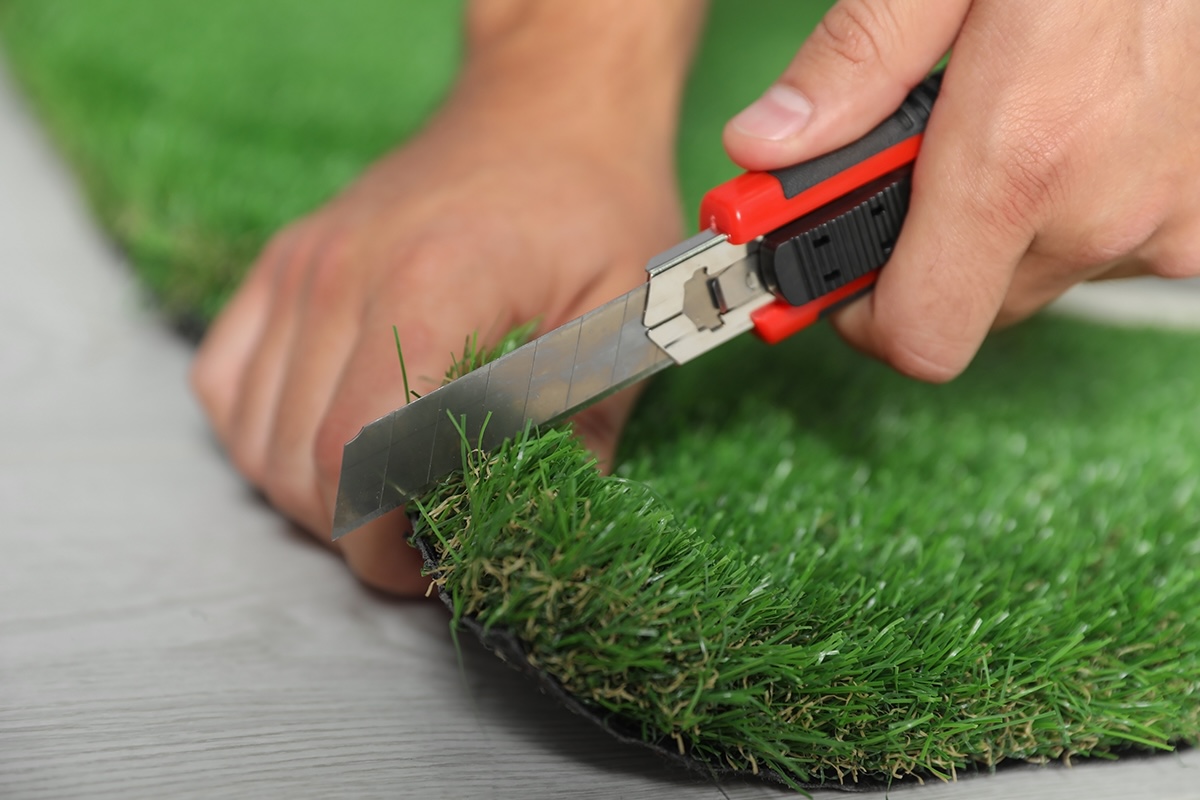

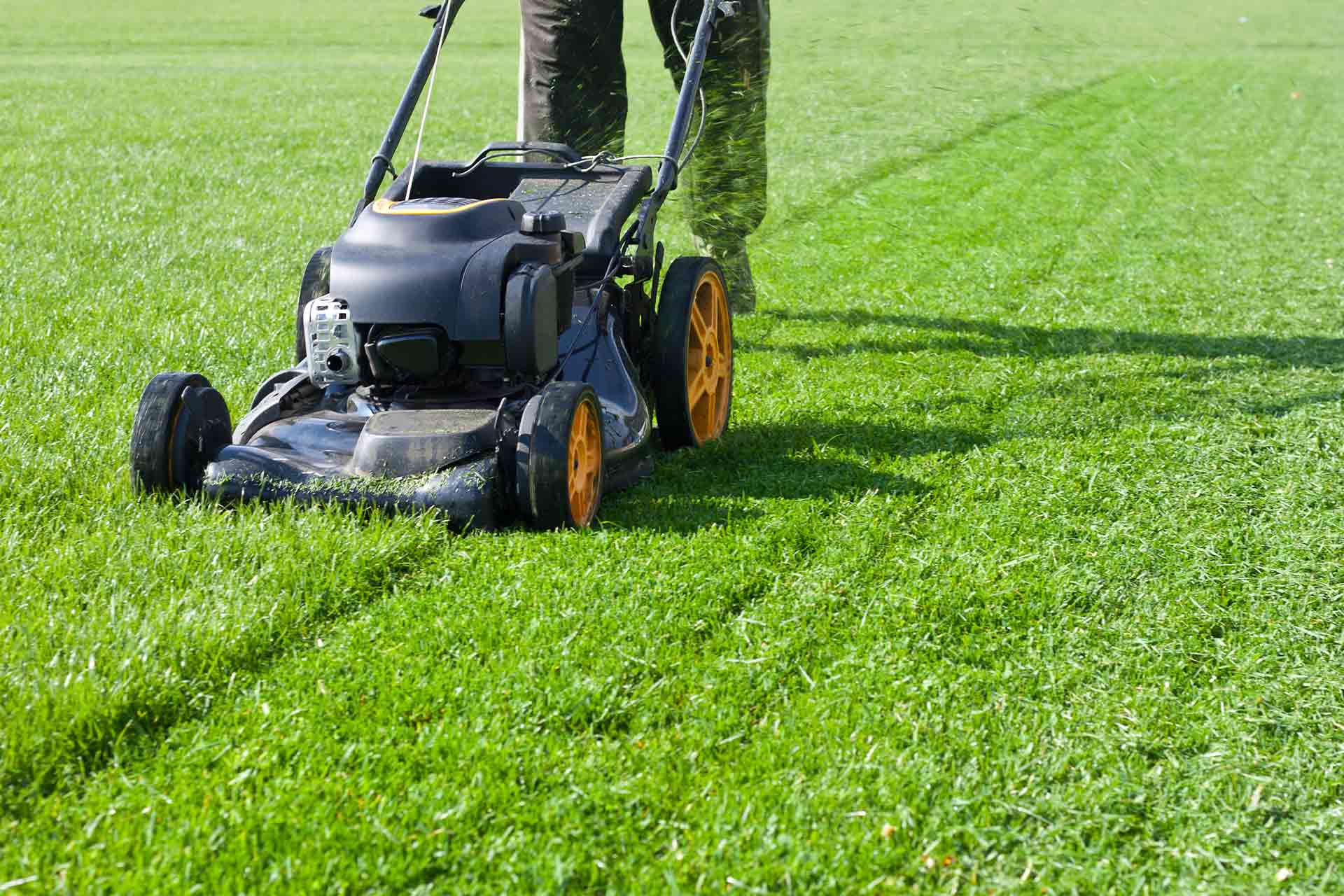
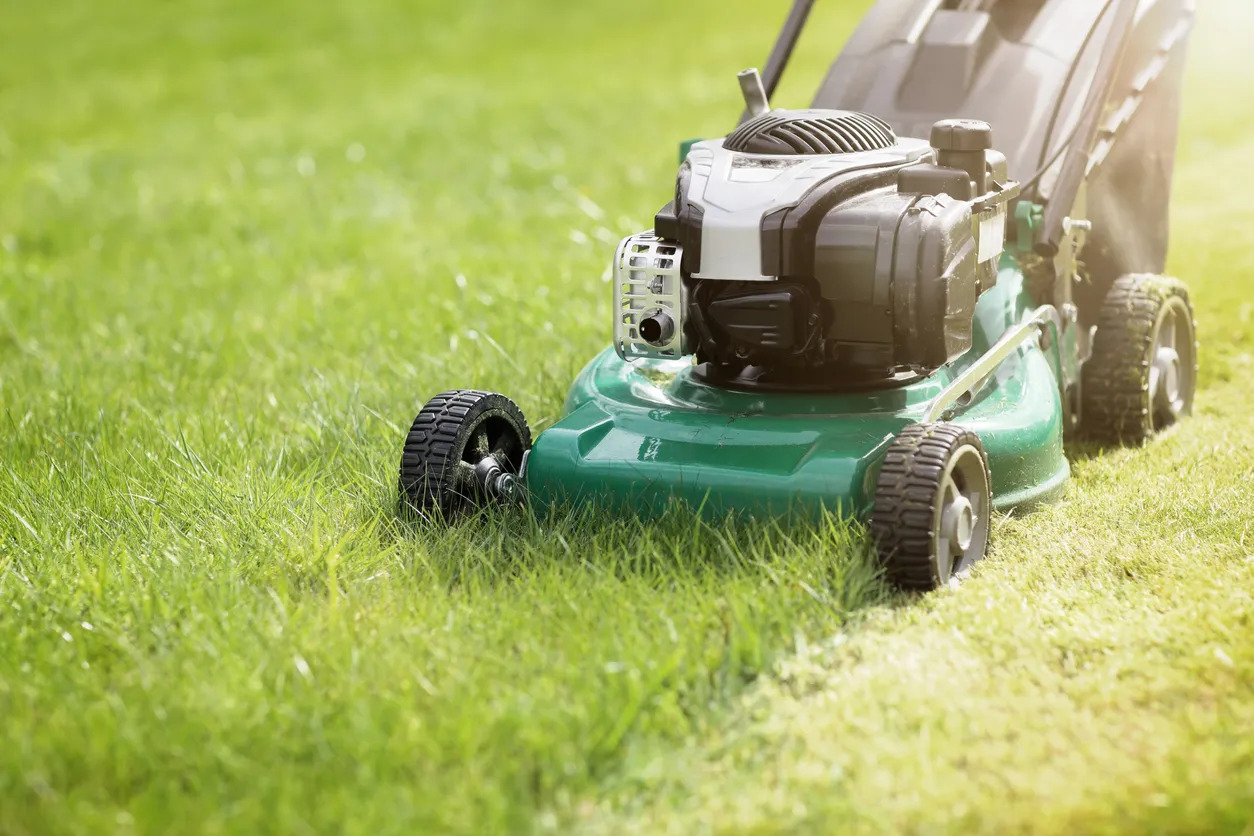
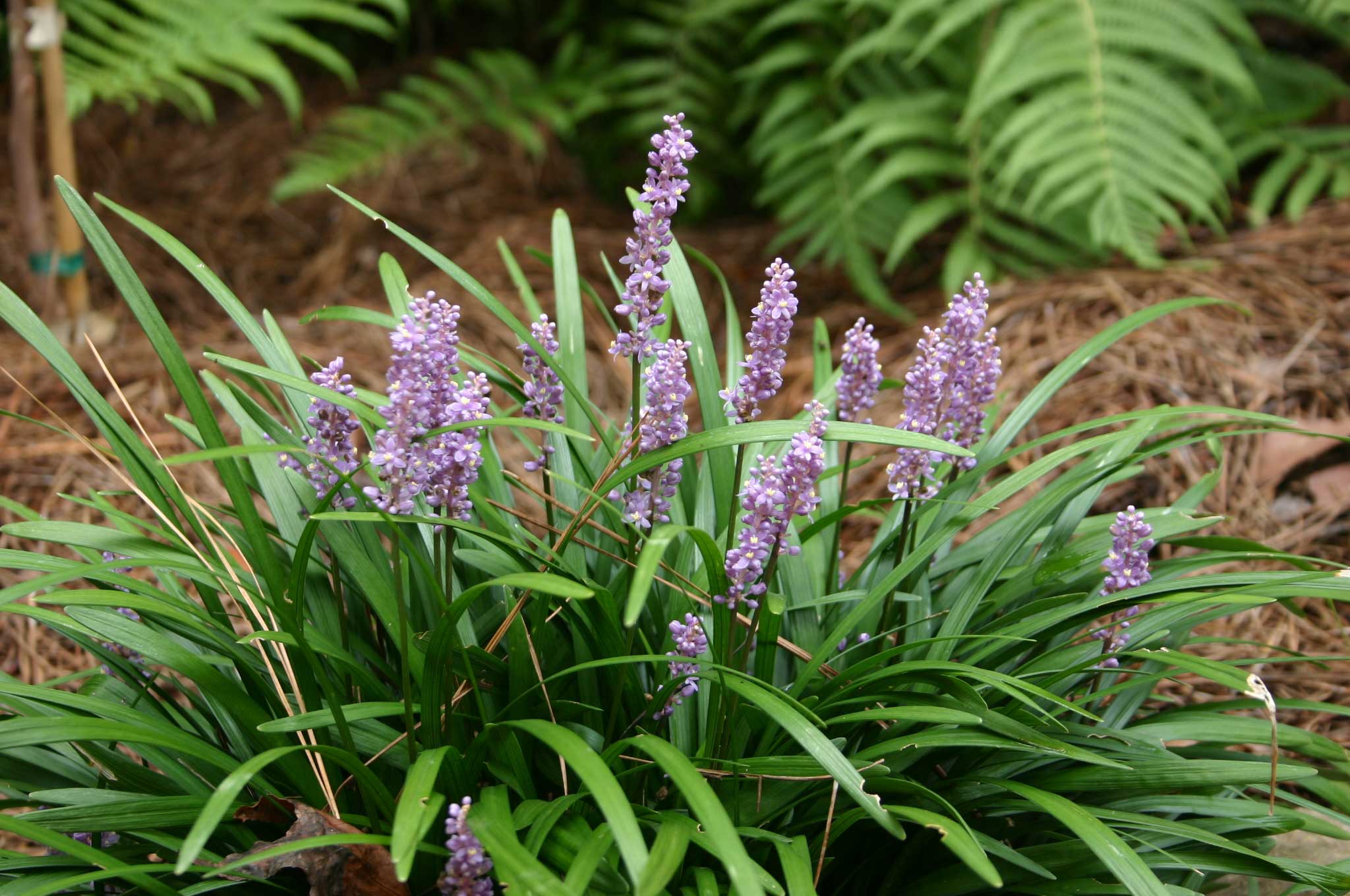

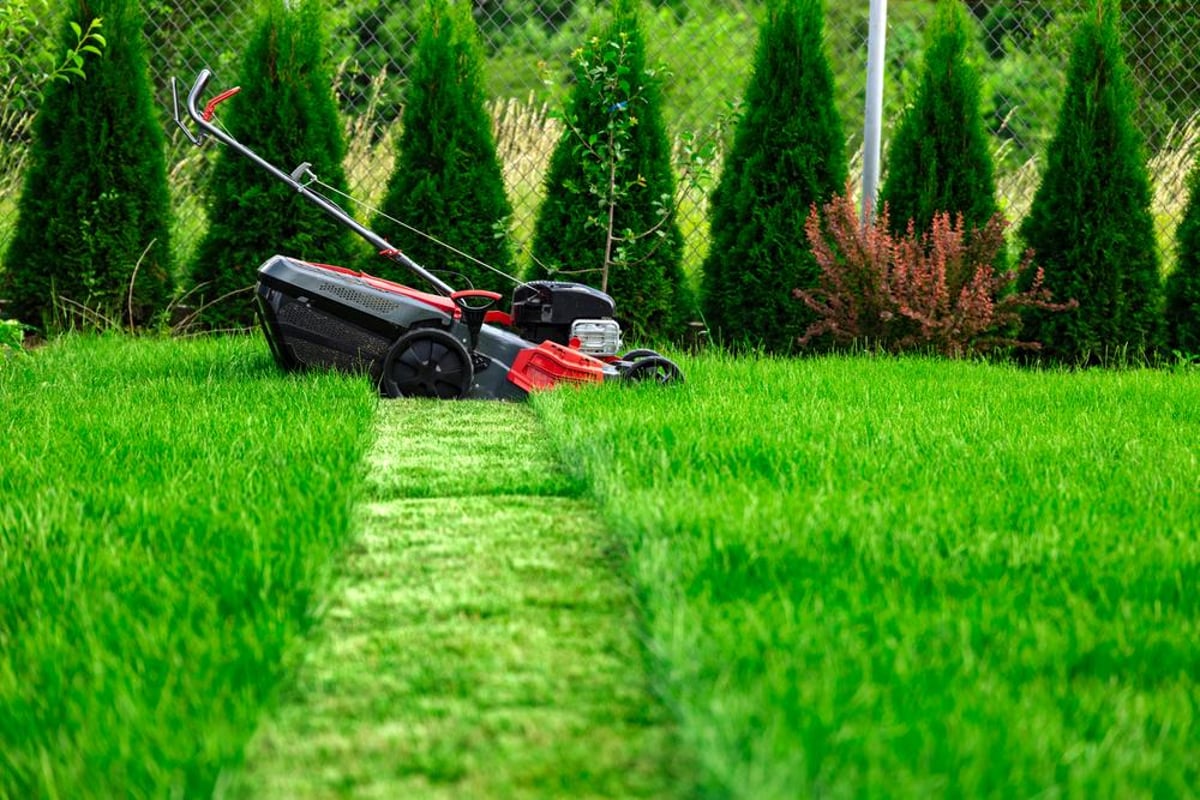
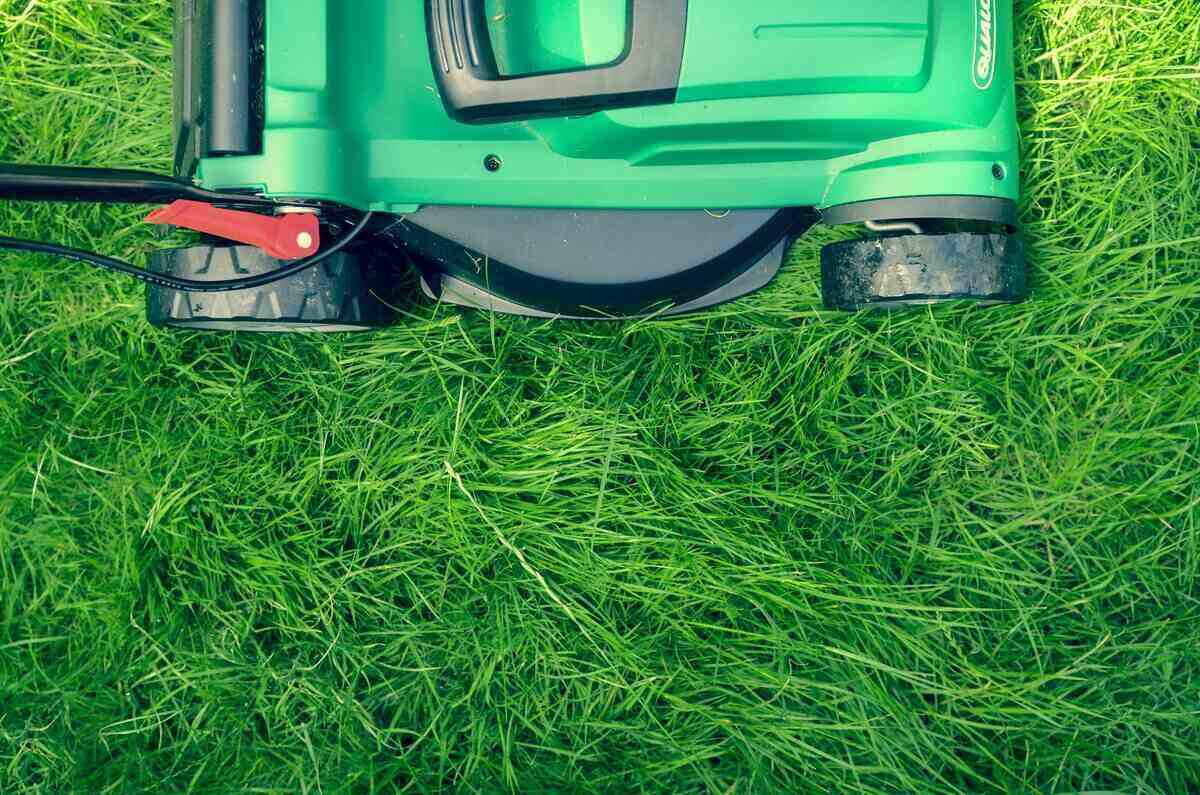
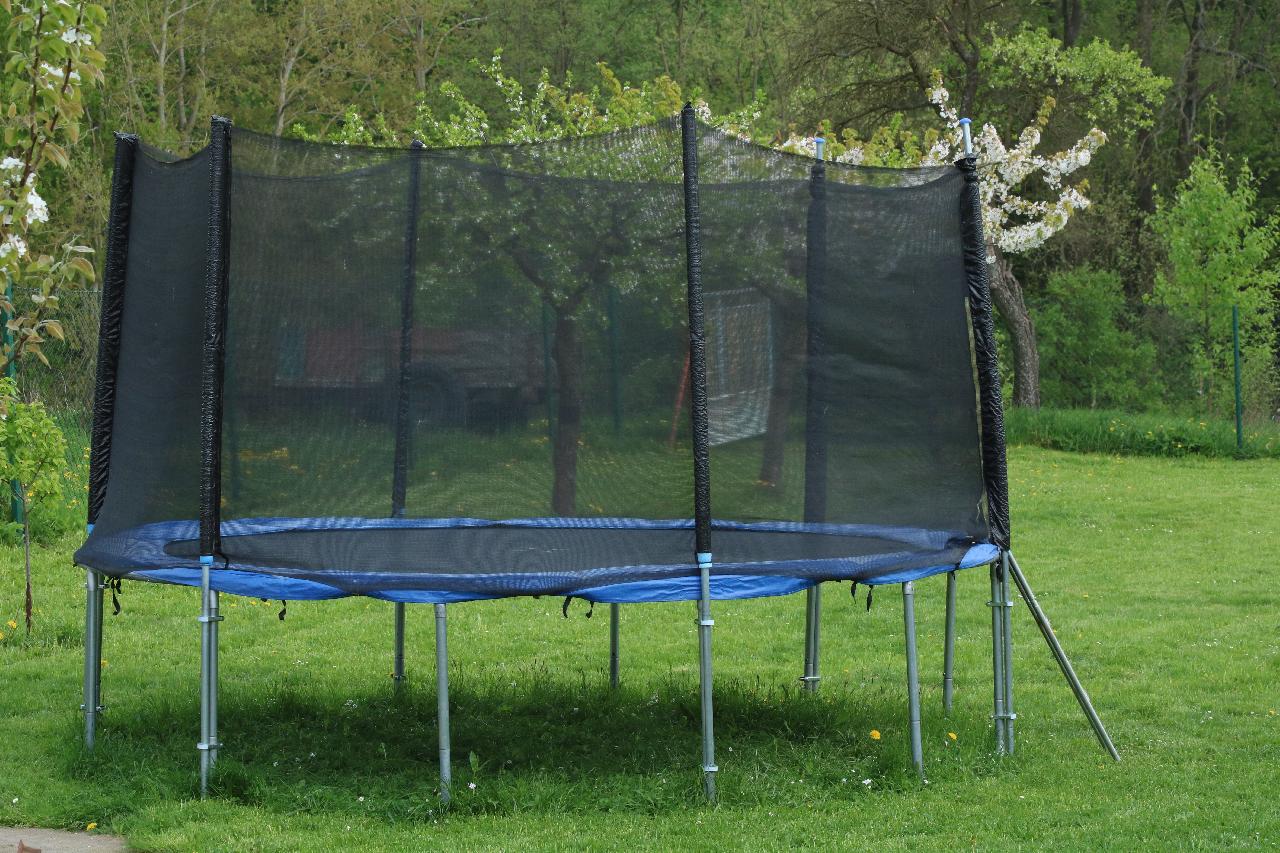

0 thoughts on “How To Cut Grass With Lines”